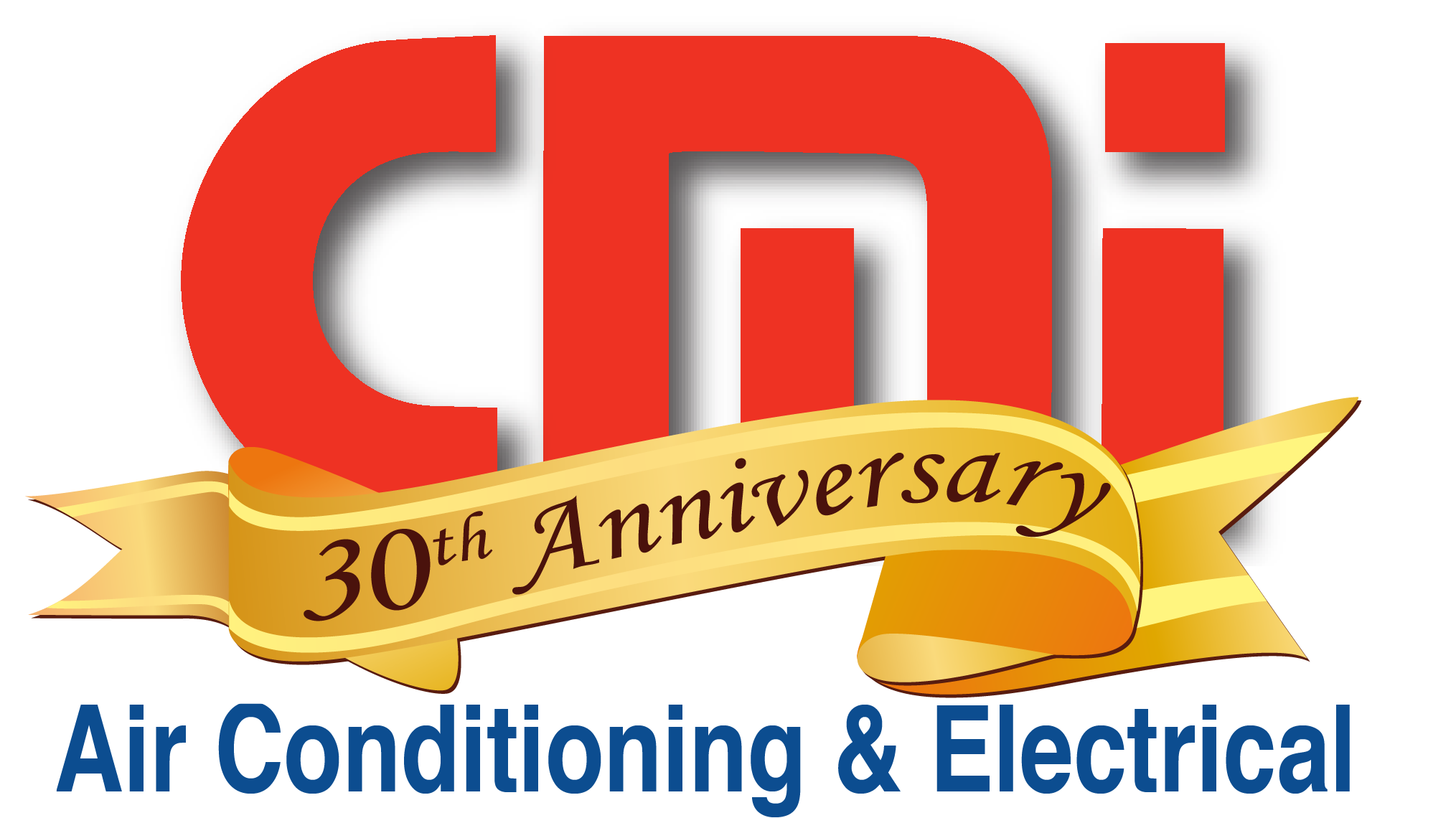Glossary of AC Terms
Call us with any questions and we will be happy to serve you
Glossary of AC Terms
GLOSSARY
Welcome to CMi Air Conditioning & Electrical. We specialize in installation, repair, maintenance, and replacing your existing ac unit. We are here to serve your residential and commercial heating and cooling needs. We are committed to saving energy and are ready to earn your confidence and trust.
AFUE: Annual Fuel Utilization Efficiency is a system that assesses the overall efficiency of a furnace. A high AFUE indicates a proficient and resourceful machine whereas a lower AFUE specifies whether the current machine should be replaced or repaired.
Airflow: The circulation or travel of air within or around a space.
Air Handler: The component of the air conditioner or heat pump that transports cooled or heated air throughout a specific place through ductwork.
BTU: British Thermal Unit is a unit of heat energy that is used to indicate both warmth and coldness. This unit can specify the heating capacity of a system by testing the amount of heat energy required to raise one pound of water one degree Fahrenheit.
Carbon Monoxide: Odorless, colorless, tasteless, poisonous gas that is highly flammable. Created when carbon-based fuels burn without adequate oxygen.
Central A/C System: Method in which air is gathered and treated in a single location, then distributed to many spaces through ductwork.
CFM: Stands for Cubic Feet per Meter. Systems monitor the amount of air that passes through the ductwork in this measurement.
Compressor: Outdoor component of air conditioner that ingests external warm or cool air by applying pressure to conform the ingested air to its desired temperature.
Condenser Coil: Outdoor component of air conditioner that is responsible for collecting air from the outside to cool the space and releasing the inside air that has warmed above the desired temperature.
Damper: Unique valve used to control the airflow from ductwork into a space.
Ductwork: An essential system that transports air from the furnace or blower coil, through pipes within a structure, to a space.
Electronic Air Cleaner: A tool that filters out large particles and bio aerosols in indoor air.
Energy Star: An EPA (Environmental Protection Agency) decoration for outstanding HVAC systems that meet or exceed EPA standards of performance.
Evaporator Coil: Component attached on the inside of an air conditioner to an air handler that collects warm air from indoor.
Heat Exchanger: Component of a furnace that transfers heat to air which then is transported to a space through duct-work.
Heat Pump: Mini system in an HVAC unit that, in winter, takes the warm air within a space and circulates it through the space, and, in summer months, collects the warm indoor warm air and releases it to the outside.
Horizontal Flow: Type of furnace, placed on its side, that takes air in from one side, heats it, and releases it from the other. Most used in attics or crawl spaces.
Humidifier: A component of the HVAC unit that supplies moisture to heated air from the furnace before it is transported through duct-work.
Humidistat: A manual regulator and manager to control the amount of humidity in a space from a fixed point.
HVAC: Heating, Ventilation, and Air Conditioning.
MERV Rating: The MERV (Minimum Efficiency Reporting Value) rating relates to the efficiency of air filters. Filters with smaller holes are more efficient.
Odors/Chemicals: Gaseous contaminants.
R410A Refrigerant: A chlorine-free refrigerant that conforms to the EPA’s newest, most strict environmental guidelines.
Refrigerant: A chemical that generates a cooling effect while growing. Most residential air conditioning units include Freon.
Refrigerant Lines: Copper lines that join the outdoor air conditioner to the indoor evaporator coil.
Scroll Compressor: A unique compressor that uses a rotating, circular motion rather than motion of a piston.
Single Package: An entire HVAC system enclosed in one outdoor unit.
Thermidistat: Controls, monitors and evaluates indoor and outdoor temperature and humidity and adjusts system functions to maintain a desired environment.
Thermostat: Device that monitors and allows for manual or automatic control of indoor temperature.
Ton: Unit of measure for cooling capacity. One ton= 12,000 BTU’s per hour.
Up flow: A furnace or air handler placed in an upright position that sucks cool air from the surface of the ground and recycles it through the top of the furnace or air handler as warmer air.
Ventilator: A ventilator recycles energy from warm and cool stale air to new, fresh air.
Zoning: A method that separates areas of a space into independently operated heating and cooling areas for optimal comfort.
